![]()
![]()
![]()
Use LEFT and RIGHT arrow keys to navigate between flashcards;
Use UP and DOWN arrow keys to flip the card;
H to show hint;
A reads text to speech;
49 Cards in this Set
- Front
- Back
|
Geomorphic
|
Above the ground
|
|
|
Geological
|
Inside the earth
|
|
|
What the Earth's crust is made up of
|
nine large plates and about a dozen smaller ones. These contain oceans and continents.
|
|
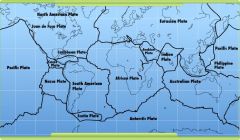
Continental (tectonic) plates
|
Large areas of the Earth's crust which 'float' on the dense layer of rock below.
|
|
|
Continents
|
The main landmasses of the Earth
|
|
|
180 million years ago
|
Gondwanaland in the south begins to break up. Antartica-Australia and India become isolated.
|
|
|
65 million years ago
|
South America moves north and west. Australia remains connected to Antarctica.
|
|
|
Gondwanaland
|
An ancient continent that was Australia and all other landmasses joined together.
|
|
|
What currents in the liquid rock which lies below the continents caused.
|
The plates to move, taking the continents with. This resulted in the continents moving slowly in different directions.
|
|
|
50 million years ago
|
Australia began to split from Antarctica
|
|
|
Where to find lines of latitude and longitude
|
Maps in an atlas
|
|
|
What lines of latitude and longitude are used for
|
to help us find the exact location of places
|
|
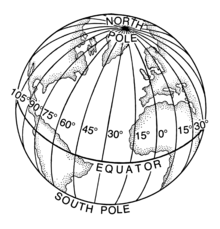
Longitude
|
Imaginary lines which run in a north-south direction from the North Pole to the South Pole. The lines are also called meridians of longitude.
|
|
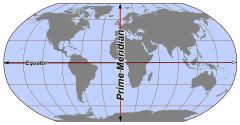
The most important line of longitude
|
The Greenwich or Prime, Meridian. This line runs through the Greenwich Observatory in London and halves the earth into the Eastern and Western Hemisphere.
|
|
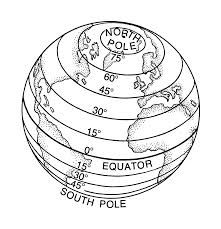
Lattitude
|
Imaginary lines drawn around the Earth from east to west. Each line run parallel to the others and is measured in degrees.
|
|
|
other name for latitude
|
parallels of latitude because they run parallel to each other
|
|
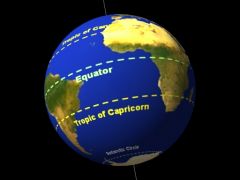
most important line of latitude
|
Equator (0 degrees).
|
|
|
Equator
|
Divides the Earth into two halves: the Northern hemisphere and the Southern Hemisphere.
|
|
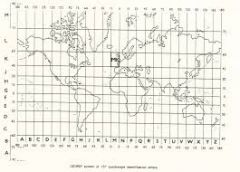
Intersection of the lines of latitude and longitude
|
pinpoint any destination on the Earth's surface using a grid pattern
|
|
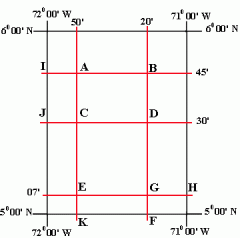
Minutes
|
A degree of longitude or latitude further divided into sixty small sections to help pinpoint locations.
|
|
|
36.46S 144.17E
|
36 degrees and 46 minutes south of the Equator. Its longitude is 144 degrees and 17 minutes east of the Prime Meridian
|
|
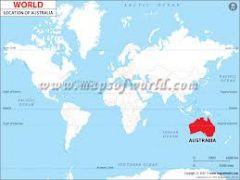
Where Australia is located
|
in the Southern Hemisphere, between latitudes 10oS and 44oS and between longitudes 113oE and 154oE
|
|
|
Australia
|
One of the seven continents of the world. It is the only continent that consists of one country. It is the world's driest inhabited continent.
|
|
|
Australia's coastline
|
25 700km in length, with only Russia, Canada, Greenland and Indonesia having longer coasts. The long coastline is difficult to patrol for illegal goods and immigrants, particularly the uninhabited regions on the north and west coasts.
|
|
|
Australia's size
|
3690 kilometres from north to south. 4000 kilometres from east to west, covering three different time zones.
|
|
|
Australia's climate
|
Ranging from a hot, humid tropical climate to cool climates and highland winter in the south
|
|
|
Australia's landscape
|
It is one of the lowest, flattest and dries landmasses in the world.
|
|
|
Climate
|
The weather conditions prevailing in an area or over a long period
|
|
|
Temperate
|
Neither hot or cold. This climate type in found in the southern and south-eastern coastal zones. Melbourne and Adelaide have a temperate climate.
|
|
|
Tropical
|
Hot and humid.
|
|
|
Subtropical
|
Warm dry summer and cool dry winter.
|
|
|
Weather
|
The state of the atmosphere at a place and time
|
|
|
Natural Hazard
|
Those elements of the physical environment, harmful to man and caused by forces extraneous to him
|
|
|
Economic impacts
|
A financial effect that something, especially something new, has on a situation or person.
|
|
|
Social impacts
|
The effect on various people that happen as a result of an action, activity, project, programme or policy
|
|
|
Environmental impacts
|
Possible adverse effects caused by a development, industrial, or infrastructural project or by the release of a substance in the environment.
|
|
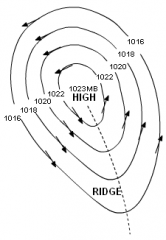
High pressure systems
|
Atmospheric circulations that rotate anti-clockwise in the Southern Hemisphere.
|
|
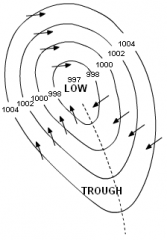
Low pressure systems
|
Regions of rising air. Clouds, rain and strong winds often occur in these regions.
|
|
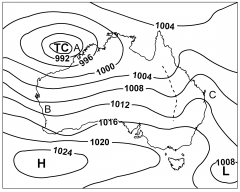
Isobars
|
A line on a weather map connecting points of equal atmospheric pressure
|
|

Hectopascals
|
Numbers in the isobars that are used to measure atmospheric pressure.
|
|
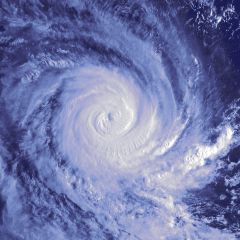
Cyclone
|
An atmospheric system characterized by the rapid inward circulation of air masses about a low-pressure center, usually accompanied by stormy, often destructive weather. Cyclones circulate counter clockwise in the Northern Hemisphere and clockwise in the Southern Hemisphere.
|
|
|
Earthquakes
|
A sudden movement of the earth's crust caused by the release of stress accumulated along geologic faults or by volcanic activity.
|
|
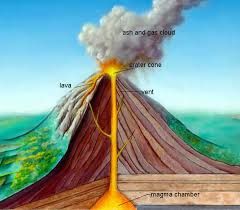
Volcanoes
|
An opening in the earth's crust through which molten lava, ash and gases are ejected
|
|
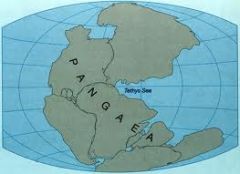
Pangaea
|
A hypothetical supercontinent that included all the landmasses of the earth before the Triassic Period. Pangaea broke apart during the Triassic and Jurassic Periods, separating into Laurasia and Gondwanaland.
|
|
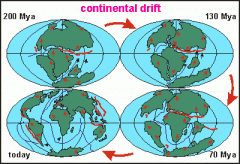
Continental Drift
|
The theory that the earth's continents move gradually over the surface of the planet on a substratum of magma. The present-day configuration of the continents is thought to be the result of the fragmentation of a single landmass, Pangaea, that existed 200 million years ago.
|
|
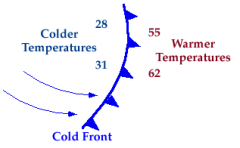
Cold front
|
Separates warm and cold air, with the cold air behind the front. Fall in temperature, may bring rain and storms. Front moves in the direction of the arrowhead.
|
|
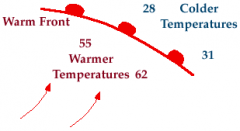
Warm front
|
Separates warm and cold air, with the warm air behind the front. Increase in temperature; may bring light showers. Uncommon in Australia.
|
|
|
Location of tropical regions
|
North of Australia. Central and northern parts of the Northern Territory and Queensland and the northern parts of Western Australia.
|
|
|
Location of the subtopical zone
|
Eastern coastline from Coff's Harbour in northern NSW, Brisbane and north to Mackay. In WA it is approximately the coastline north of Exmouth to Broome and inland to Hall Creek.
|

